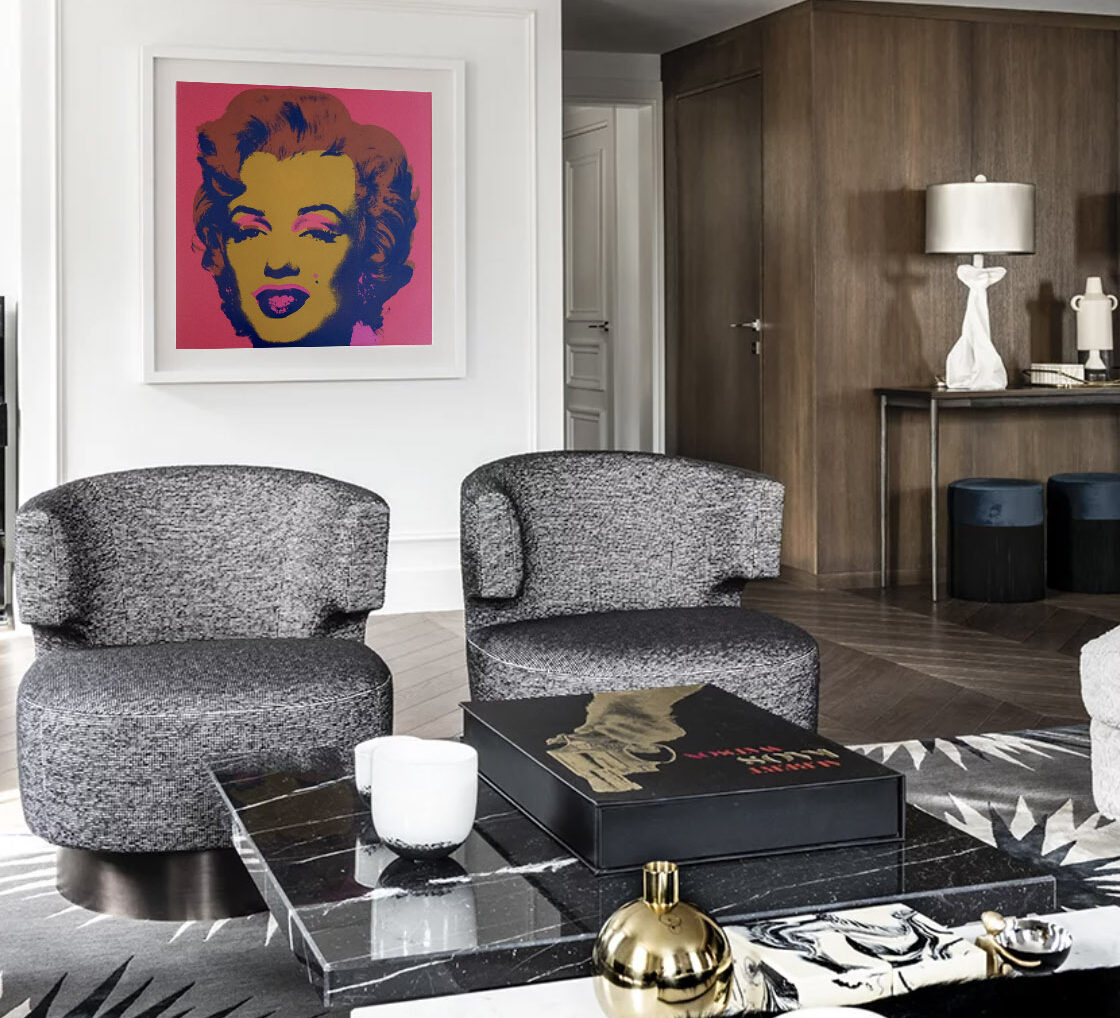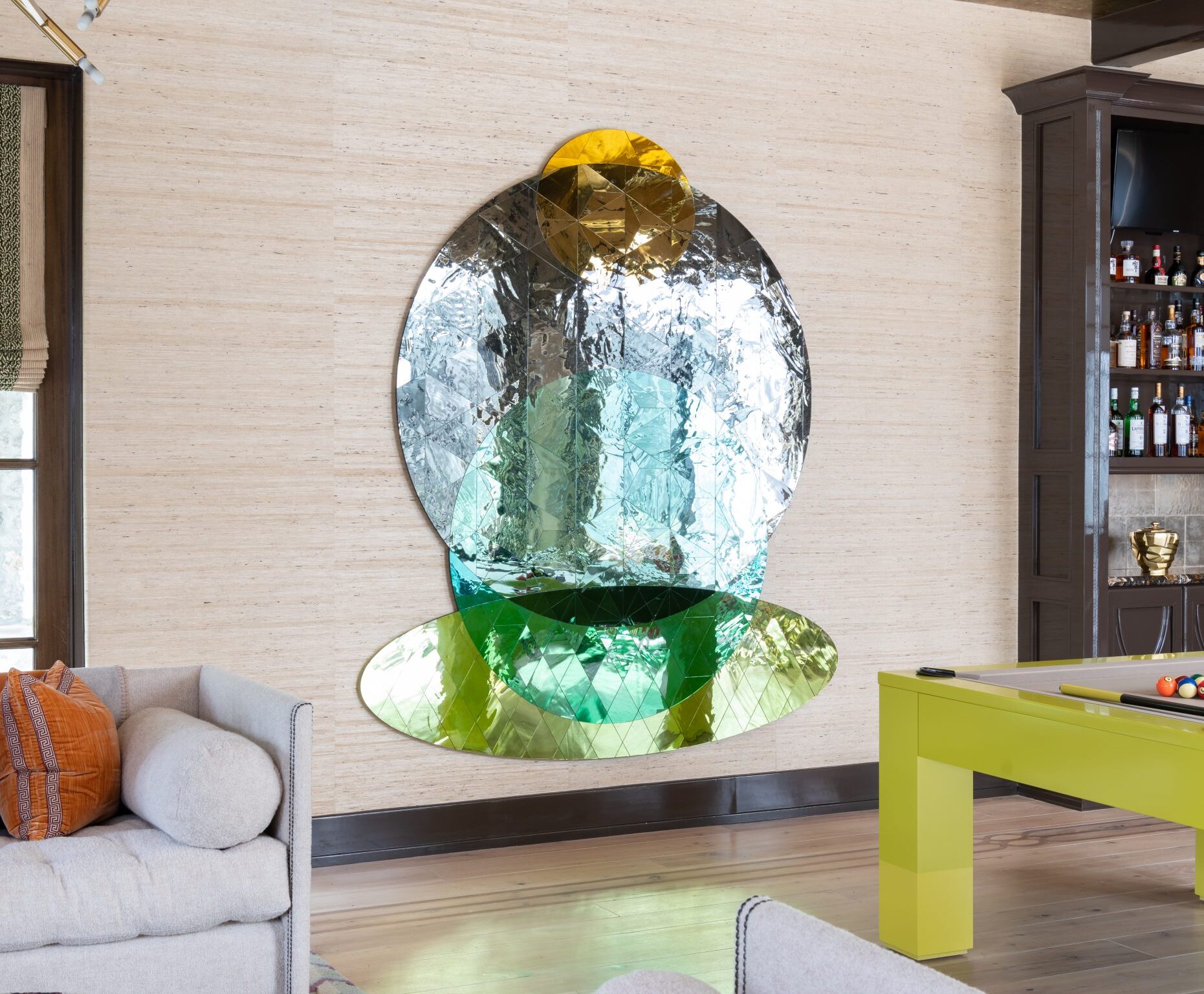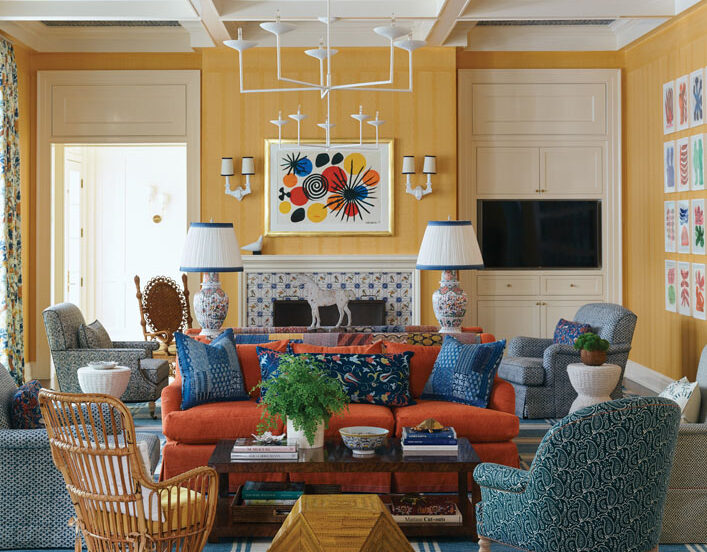At Weingarten Art Group, our collector conversations frequently focus on the fact that living with art should have multiple levels of value—aesthetic, financial, and otherwise.
Art During Periods of Inflation
As we’ve seen in many recent media pieces, as well as in candid conversations with our own clients, people are increasingly thinking about art from a purely economic perspective, as a hedge against inflation. As inflation indicators trend up, multiple financial experts are returning to fine art as a proven alternative asset to hold. This topic caught the attention of media personality Jim Cramer, who in a recent article (cheekily titled “You Just Won the Powerball, Now What?”), he explains what he considers to be a “safe bet” during times of inflation:
“So, what holds value in hyperinflation? Three things: precious metals, mansions with acreage, and art masterworks. Check what we call “the comps” and don’t overpay,” he writes.
And Jim Cramer isn’t the only evangelist for art as an investment during inflation. In The Art Newspaper’s piece from May of this year, they highlighted the marked inflation we’ve experienced recently and how art tends to stay ahead of the surge.
“From an investment perspective, returns on art and collectibles are often benchmarked with inflation along with more typical investments,” Author James Goodwin says. “Economic studies have demonstrated repeatedly that the price of art sold at auction over decades or centuries has mostly exceeded the rate of inflation and as an investment usually outperforms government bills and bonds but mainly underperforms shares.”
Insider highlighted this phenomenon as well, citing the fact that “real assets” traditionally out-perform assets like bonds or cash:
“Real assets are also under-owned, with only 5.5% of the total market cap of all ETFs exposed to real assets,” Emily Graffeo writes. “Additionally, since 1926, collectibles (8.1%) and commodities (6.3%) have offered higher returns than government bonds (6.0%) and cash (3.4%), albeit with higher volatility.”

Making the Art Purchase Decision
Anecdotally, we’ve seen this to be true: a significant number of our clients’ artworks have multiplied in value over the past decade, particularly in the past year. This trend will likely continue despite the economy’s state of volatility and change. There is a lot of global wealth pursuing the best artists and artworks. With that in mind, you’d think we’d be advocating for anyone to aggressively dive into the art market right now, but we’re not—at least, not based on those factors alone.
While they only represent 12 to 18 percent of the overall market, public art auctions are an important indicator when considering artworks’ values as they are the most transparent indicator that we have. One author, Jillian Billard, explains what this means for art buyers:
“The point is that ultimately the art market is just that––a market. Values rise and fall over time, and are determined by a number of factors. The value of an artwork doesn’t really have to do with the artwork itself as much as what someone is willing to pay for it. We spoke with specialist Marion Maneker, of the blog Art Market Monitor, about how buyers can gauge the fluctuations of the art market. She explained, ‘Art values are determined by future buyers, not past sales. Since art has no fundamental value, meaning you cannot apply the kinds of financial metrics that are applied to the cash flows of equities or bonds, future values remain a mystery.’”
And while this holds true for any investment, any art advisor worth their salt will tell you that you should not exclusively look at the history of art sales to predict an art investment. The market is ultimately based on taste and the supply/demand for certain works. These will always change—which means the value of an artwork will as well, for better or worse.

What We Advise in This Market
So, with this in mind, how do we view the current art market? In periods of hyperinflation, art has proven to be a wise investment historically, with many of our clients reaping rewards of multiples in increased value in their art portfolios. That being said, our considered counsel is that the purchase/hold decision should first come down (initially) to something that’s much more stable and predictable than the markets—your own attraction to the artwork as an enthusiast, balanced second by the stature of the artist and supply/demand for their artwork.
To us, art is a personal connection, not a commodity. Sure, it’s nice that you are able to experience the value of your collection grow over time, but that’s not always the “secret sauce”, is it? Like other art mediums in their purest forms—e.g. film, music, dance—the basis for their value (for most) lies in their aesthetic and how we enjoy their investigation of the world and of ourselves.
To be clear, if you approach art collecting through this lens, it’s a win-win. You’ll never make a bad investment if you pursue works that you love and that inspire you. Once you pass this hurdle then you reap the qualitative rewards as you and your family live with the artworks that have personal connections.

Passion Over Profits
As the art buying decision relates to inflation today, we’ll rarely advise our clients to invest in art solely for financial gain. It’s a risky and opaque market, unless you are guided by an expert who puts themselves in the middle of the market and of highly-specific information flow – artists, gallery investments, studio output, exhibitions, auctions, and art fairs. In the art world, each artist has his/her own market.
While value is something that we will always talk to you about, let’s first talk about how each artwork connects to you. Let’s talk about the artist and how their creativity inspires your own. THEN we will talk about whether this particular work is a smart decision for your portfolio. This is the approach that will pay off every time.

